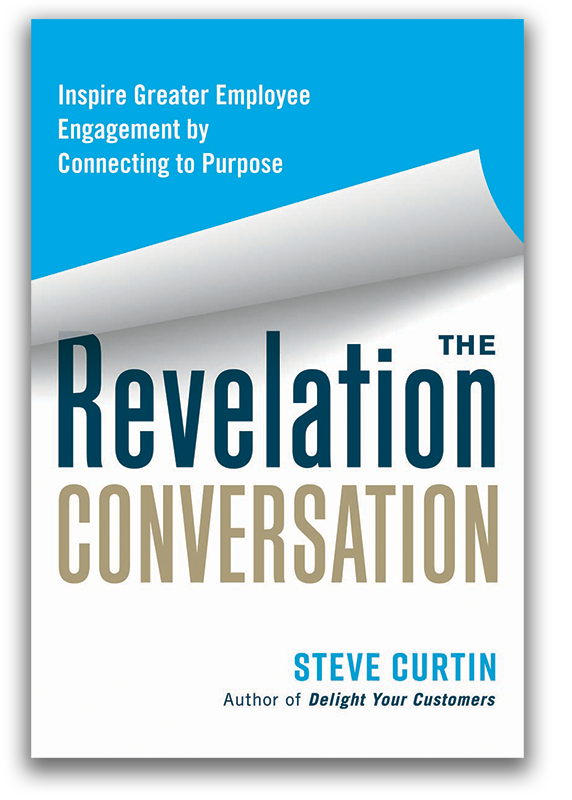
A study conducted by Harvard Business Review Analytic Services revealed 89% of leaders surveyed agreed that “A strong sense of collective purpose drives employee satisfaction.” Yet only a minority (46%) stated their organization currently runs in a purpose-driven way. The article goes on to say that when companies have a clear mission, it can lead to high levels of engagement, creativity, and the willingness to partner across functional and product boundaries within a company.
Based on my research, where I ask supervisors, managers, and leaders to write out their company’s mission, vision, or purpose statement and core values without the aid of a smartphone, a laminated wallet card, or the colleague seated next to them, it’s clear to me that the 46% figure cited above is generous. These leaders self-reported that their organizations are currently run in a purpose-driven way. That’s like self-reporting your effectiveness as a driver, investor, or communicator. Because of a condition called illusory superiority, most of us overestimate our abilities relative to others. I suspect that is the case with leaders who self-report their organizations are run in a purpose-driven way.
The great majority of supervisors, managers, and leaders across industries cannot articulate their organization’s purpose and have given little if any thought to the higher purpose of their job role or the job roles they oversee.
Additionally, the article states that when companies have a clear mission (vision, purpose, core values), it can lead to high levels of engagement and other benefits. Not true. You can have a home gym but if you don’t use it, you won’t enjoy its benefits.
It’s true that most sophisticated organizations have articulated a mission, vision, or purpose statement and a set of core values. But just because you have a corporate mission statement printed in the employee handbook, posted on the About page of the company website, or framed and mounted on a wall in the executive corridor, doesn’t mean that frontline employees (or company leaders for that matter) can recall these corporate ideals or see how they link to their daily work activities. To benefit from organizational purpose, like a home gym, you must use it, engage with it, and leverage it to improve performance and achieve your goals.
The actual keys to being a purpose-driven leader are to be well-versed in your organization’s corporate ideals, reveal them to frontline employees, and connect them to employees’ daily work activities to make them a tangible part of their real world of work. Next, track, measure, and correlate purposeful actions, behaviors, and decisions to achieve high-priority goals (KPIs) and inspire the collective pursuit of the team’s common aspirational goal.

